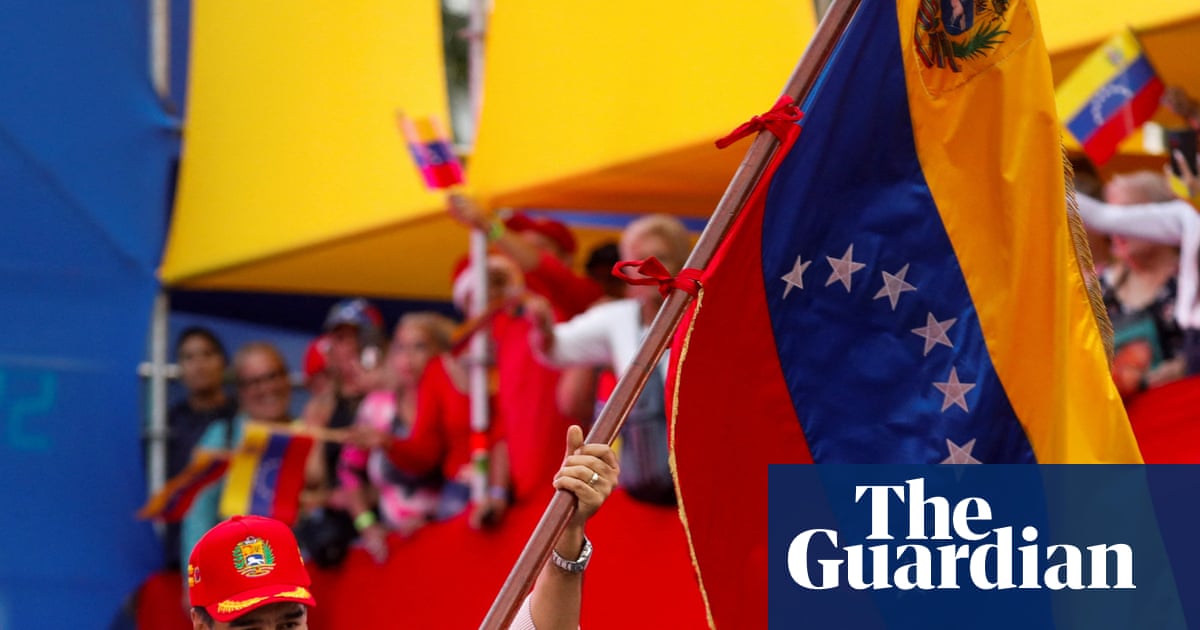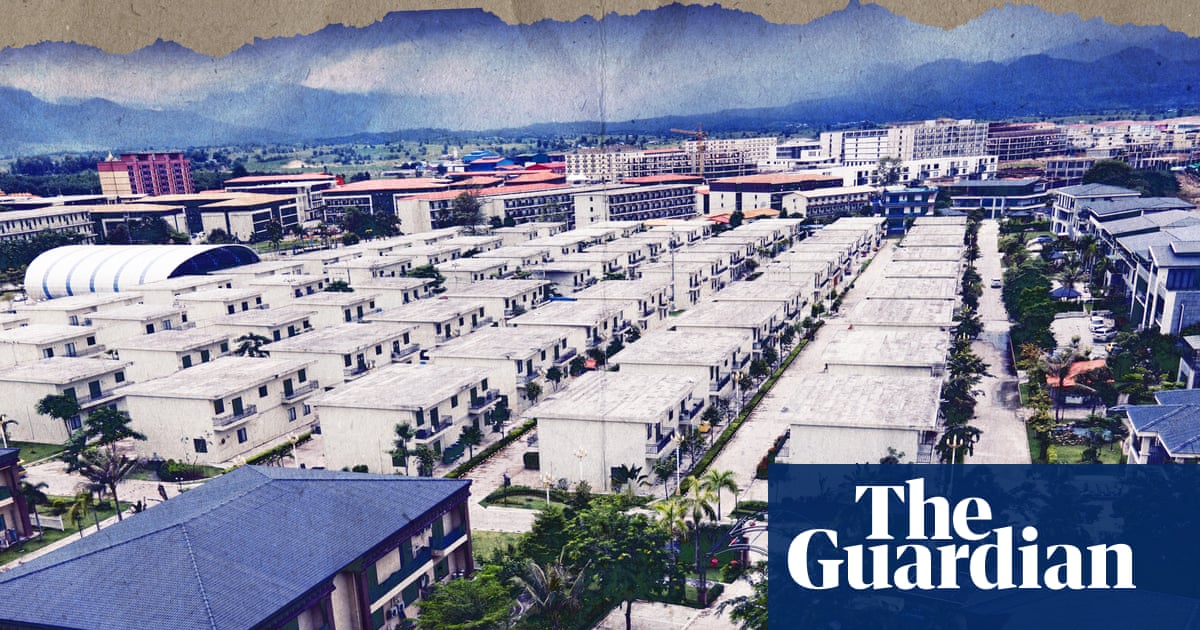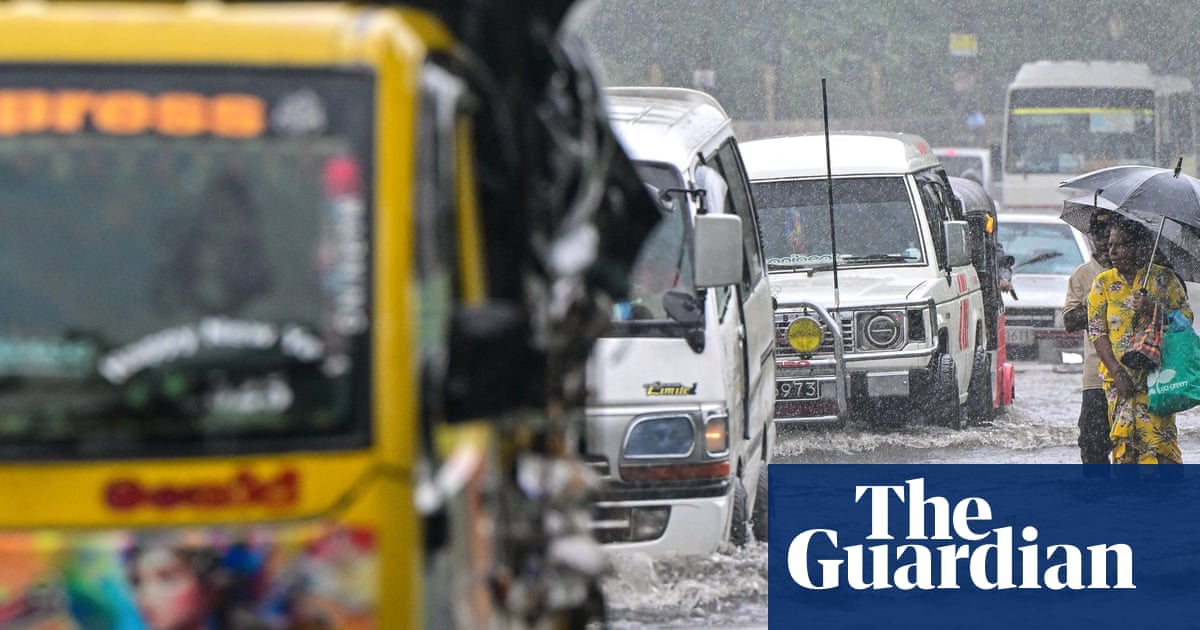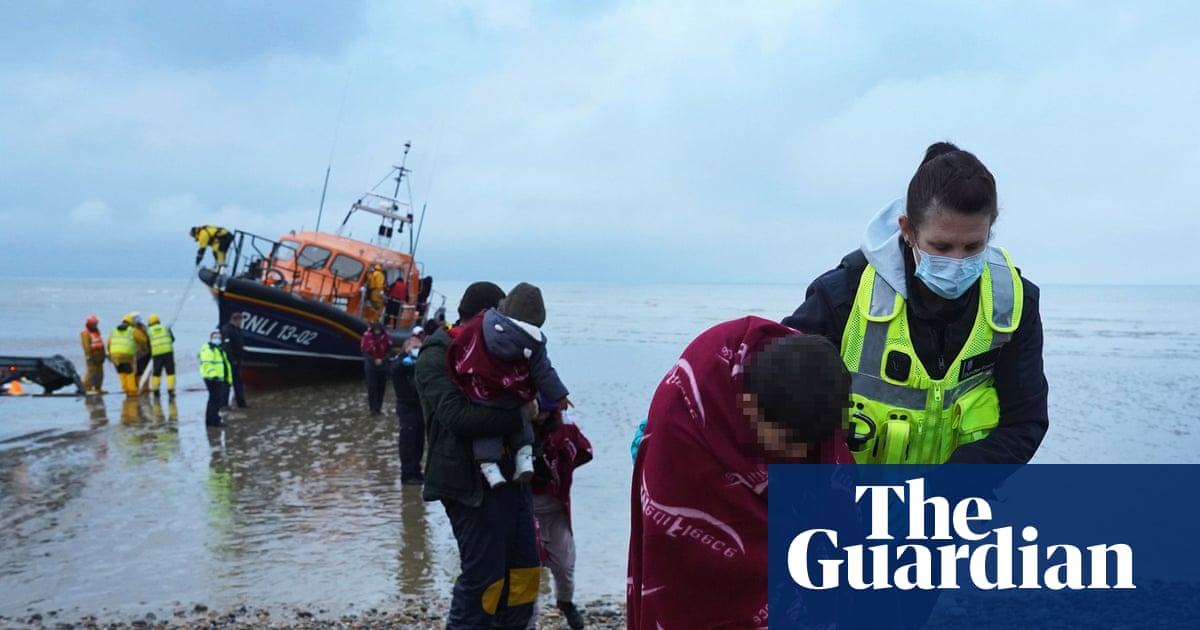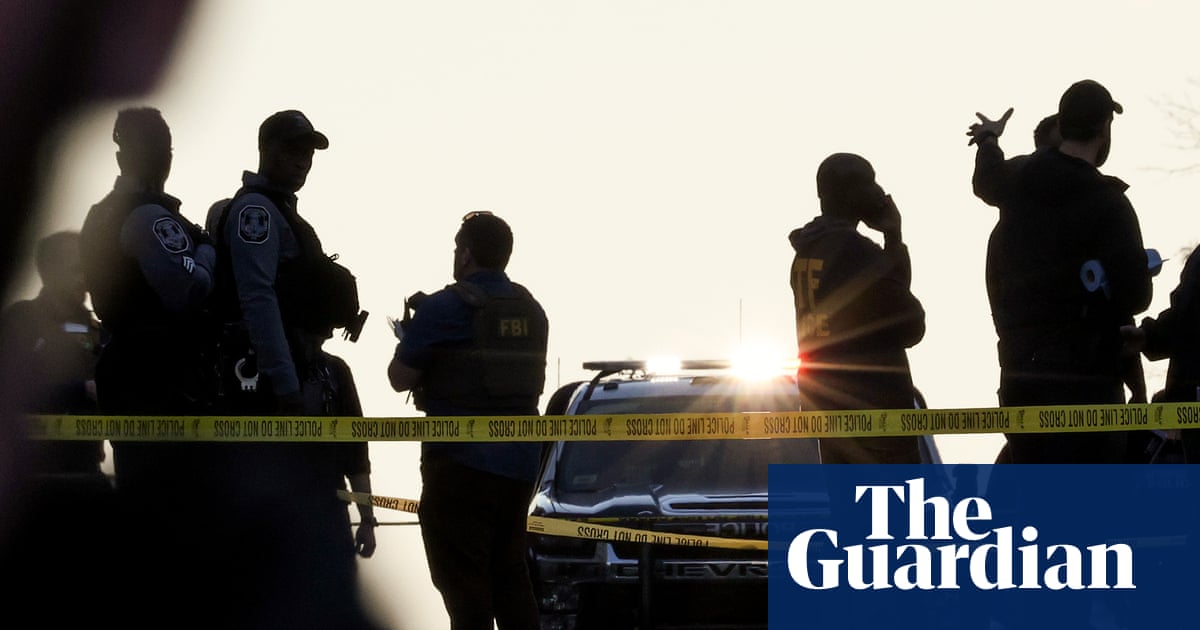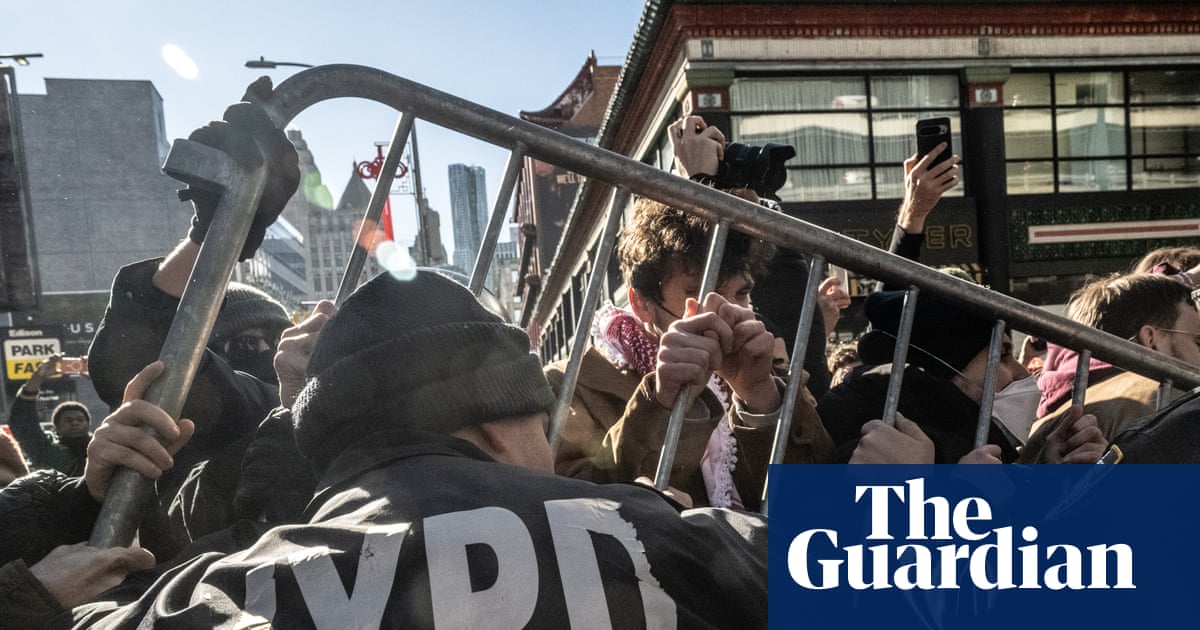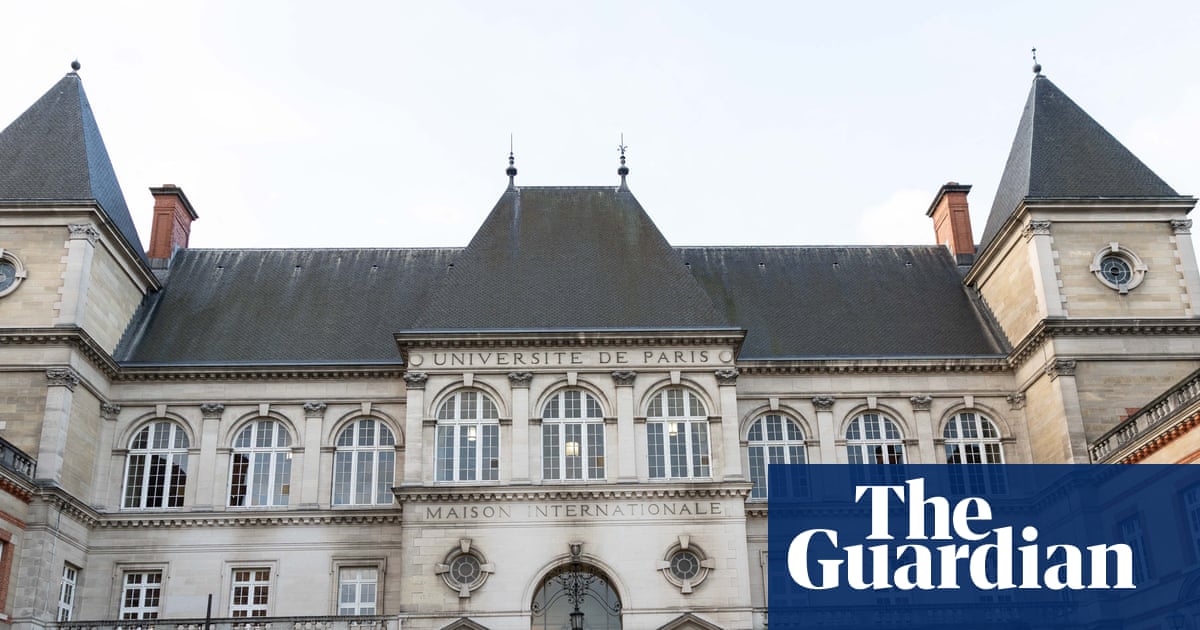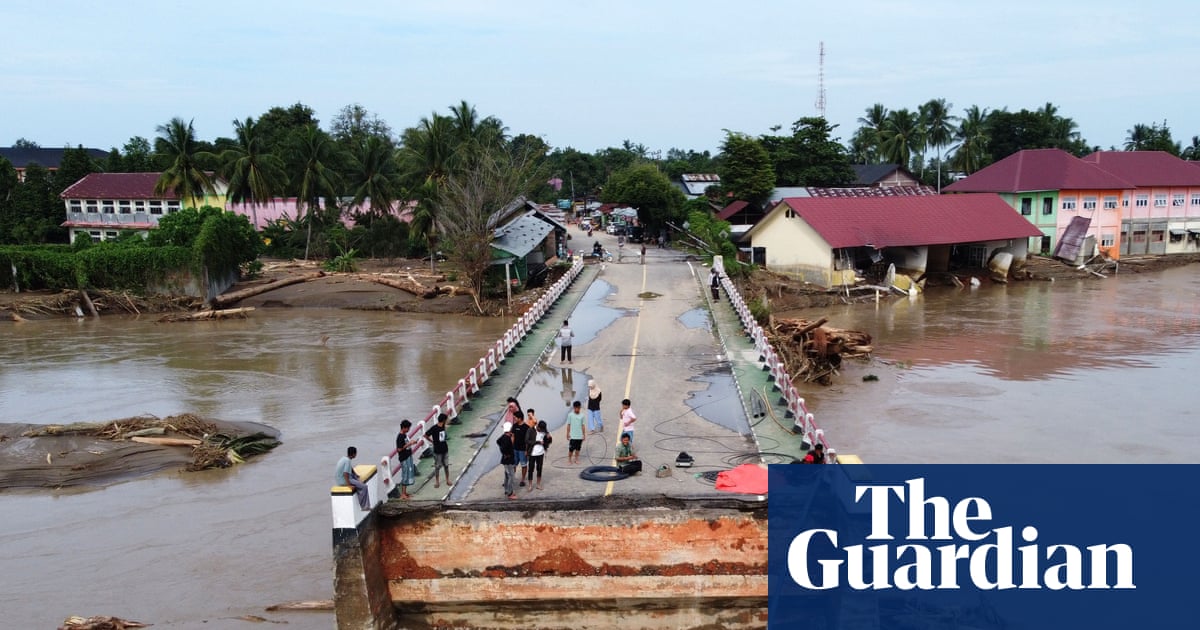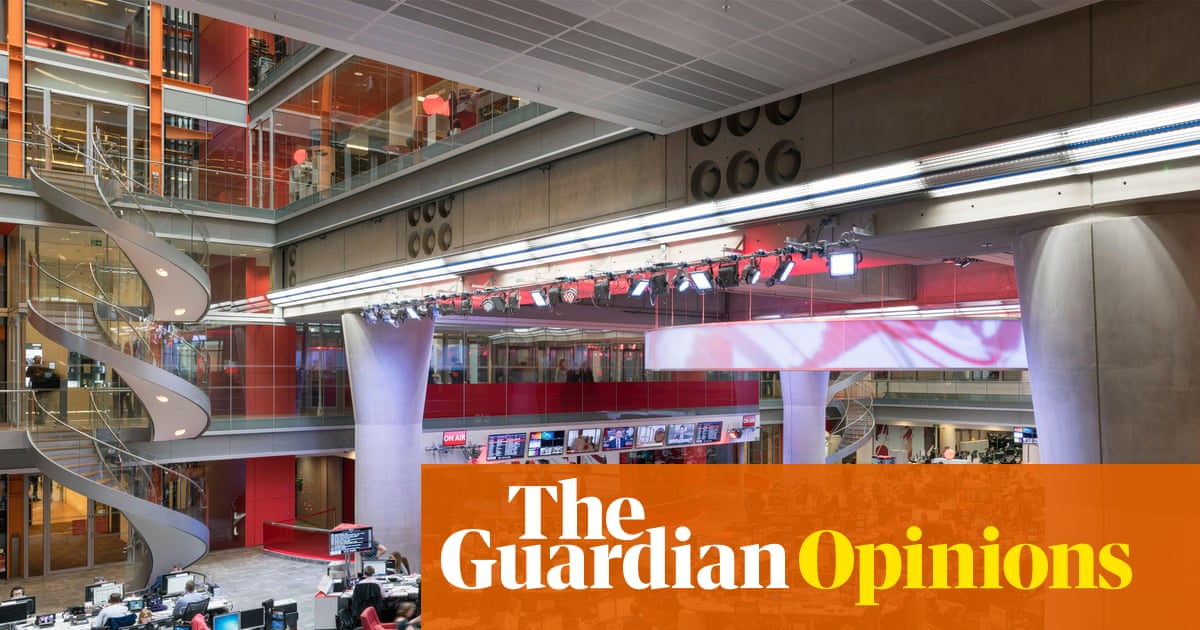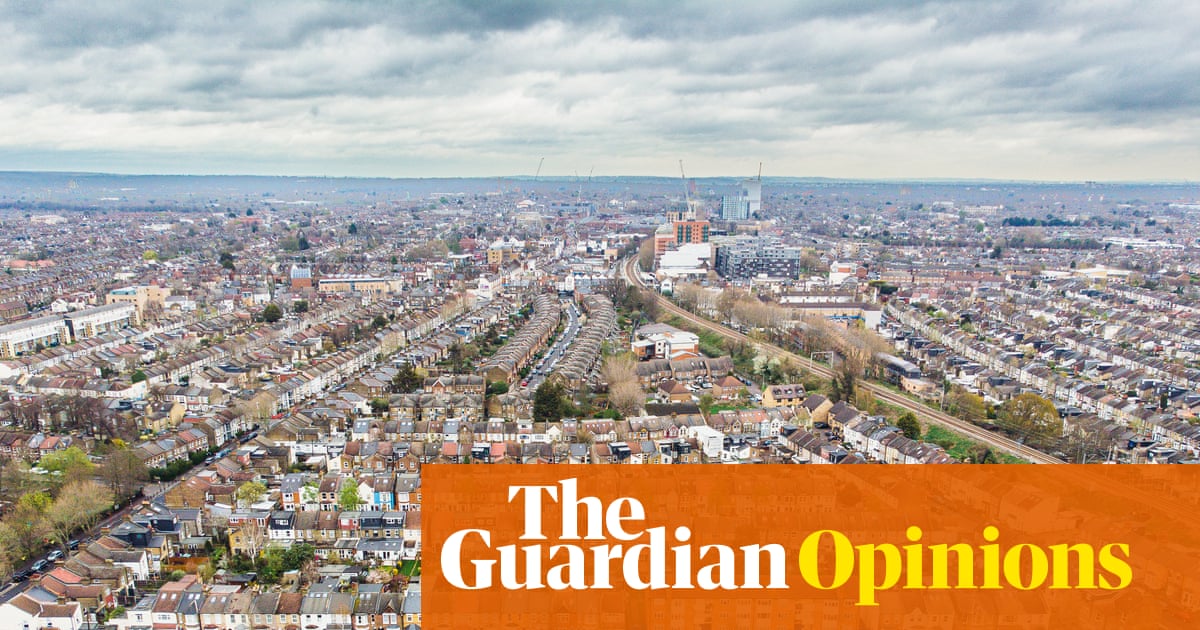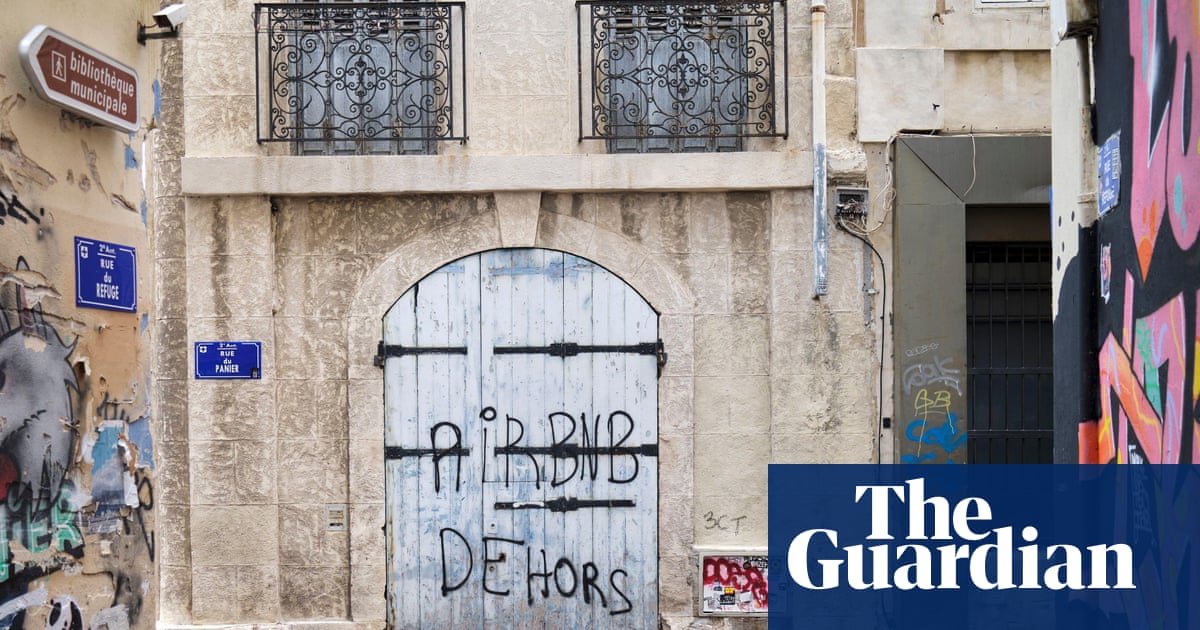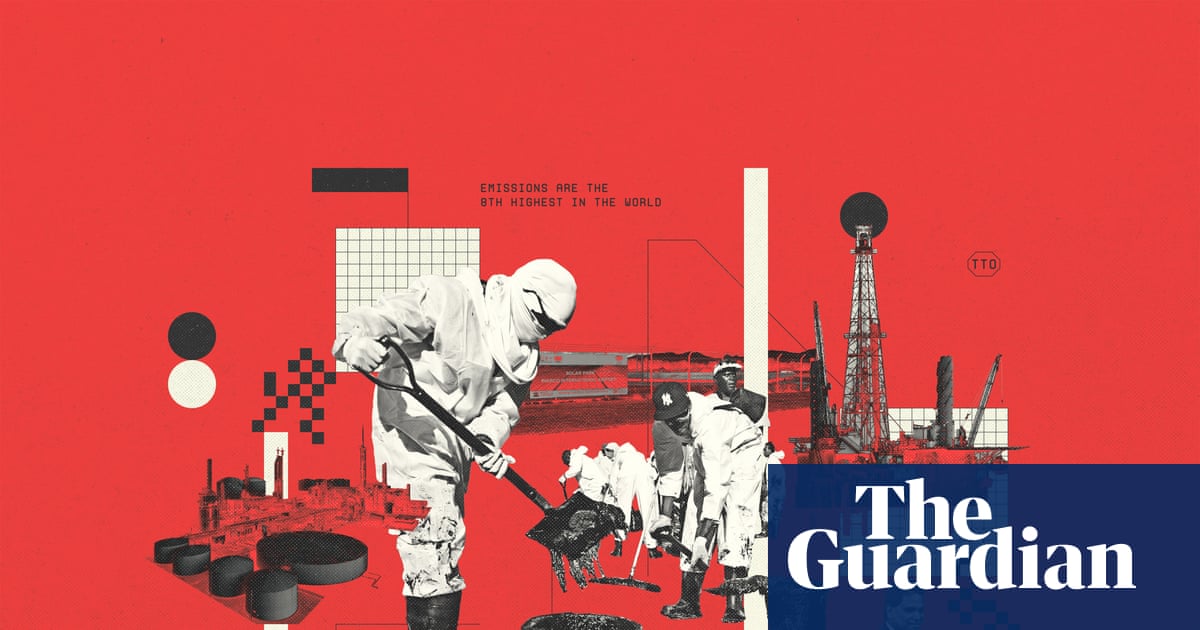Sporting black shirts emblazoned with an iron cross, a dozen or so men marched through the centre of Reykjavík, courting attention on a buzzy Friday night. In Poland and the Netherlands, vigilantes thronged along the German border, ready to turn back any asylum seekers they came across. In Belfast, they roamed after sunset, demanding to see the identity documents of migrants and people of colour.
Each of the groups, who are part of a renewed wave of anti-migrant vigilantes that have sprung up in recent months across Europe, have sought to cast themselves as a sort of protective force. But those who have studied vigilantes warn that their actions often exacerbate security concerns, sow fear and fuel the far right.
“Most of this is symbolic. They don’t stop migration. They don’t create more safety in the streets,” said Tore Bjørgo, a professor at the University of Oslo and former director of the university’s Centre for Research on Extremism. “It’s a show for media and often for political purposes because, quite often, the extreme-right and far-right organisations use this as a way to get publicity and recruit new members.”
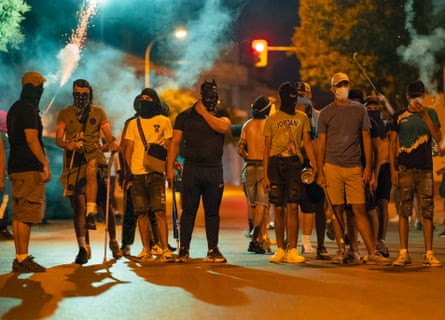
Europe has long seen waves of anti-migrant vigilantes, often springing up as the discourse around migration hardens. This summer has been no exception: Spain had days of turbulence in the south-eastern province of Murcia after dozens of baton-wielding individuals took to the streets to “hunt” people with foreign origins, while Belfast, in Northern Ireland, has grappled with a campaign of intimidation targeting people of colour. In Poland, self-declared “citizen patrols”, at times numbering in the hundreds, gathered along the border with Germany earlier this summer, insisting their presence was needed to prevent asylum seekers from moving between the two countries.
The Netherlands had a similar movement, with a dozen or so people heading to the German border near the villages of Ter Apel and Sellingen in June. Sporting high-visibility vests and lamps, they reportedly spent one night flagging down vehicles, asking people to show identification.
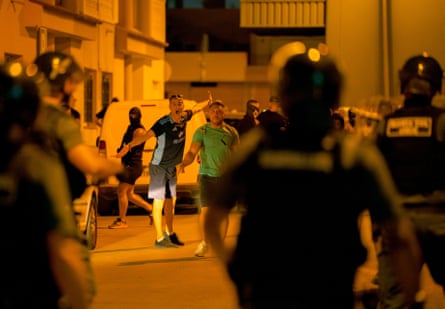
Rights campaigners and governments have described the actions as being grounded in fear and supercharged by misinformation. In the lead-up to the unrest in Spain, racist messaging on social media rocketed by 1,500%, according to tracking by the central government, while the Warsaw-based Helsinki Foundation for Human Rights linked the actions in Poland to “a radicalising political narrative that portrays migration as a threat, fuelling social fears and distrust of state institutions”.
While the vigilantes may be acting out of fear, they often also provoke it among those they purport to protect. “There’s very little evidence that they make people feel that their streets are more secure – quite the opposite,” said Bjørgo, who noted that while they rarely used physical violence, their militant style displayed a capacity for violence that was quite frightening, particularly to minorities. “Quite a few of the participants are well-known criminals and violent people, so they are generally causing more fear than they are creating a sense of safety.”
For some, vigilantism offers a means of rebranding themselves. Research carried out on one group in Norway in 2016 found that many members had a criminal history, ranging from domestic violence to drug dealing and burglary. “This is a way to improve their standing in the community,” said Bjørgo. “It’s a show of masculinity and protecting women.”
Recent reports from Iceland and Northern Ireland suggest that convicted criminals remain a mainstay of these movements. In Iceland, the chair of the national police union, Fjölnir Seæmundsson, said police had been told that the vigilantes, who have suggested that their goal is to protect Icelanders from migrants, had made threats against people who had criticised them, including telling women that they needed to be “silenced for good”.
The idea of people thinking they could take the law into their own hands was a cause for concern, he told the local news site Vísir. “There are numerous examples that suggest this only ends badly.”
after newsletter promotion
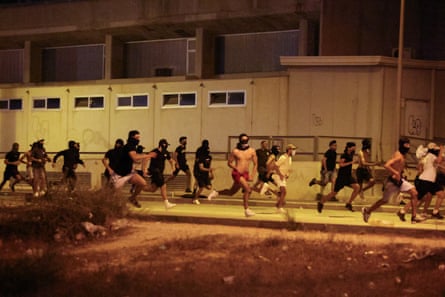
Despite their relatively tiny numbers, the outsized role that these groups play on social media and traditional media allows them to potentially reframe how we see migration, according to Dr Matthijs Gardenier, a sociologist at Paul-Valéry Montpellier University.
Gardenier had a first-hand glimpse of this power about a decade ago when he launched into research on anti-migrant vigilantes in Calais and, a few years later, in Dover. “There were not many of them, but in the UK especially, the images they posted online could be seen millions of times. And then the tabloids and other media started to pay attention.”
This attention was swiftly parlayed into influence. “They were using the patrols, the vigilantism, the security measures, to show refugees – who have fled wars, who have nothing, who are waiting to cross – not as people who fall within the field of humanitarian concern, but within the fields of security concerns. And that may have a big influence on public opinion,” he said.
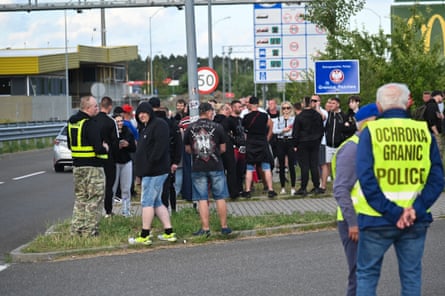
In this way, vigilantes have become part of a wider ecosystem, helping to build the case for those who insist migration must be addressed solely through border walls and fences. “This process started before these groups existed,” said Gardenier. “But I think they strengthen that process and feed into the factions who want borders to act as a massive security device.”
Ultimately, as groups marched through streets across Europe, creating content and capturing headlines, it was the far-right who stood to gain the most, Gardenier said. “Their patrols, their activities, all that they do, are producing spectacular images, a visual show for social media,” he said. “Then this framing plays a role to shape public opinions and to push people to vote for the far right.”

.png) 3 months ago
33
3 months ago
33
